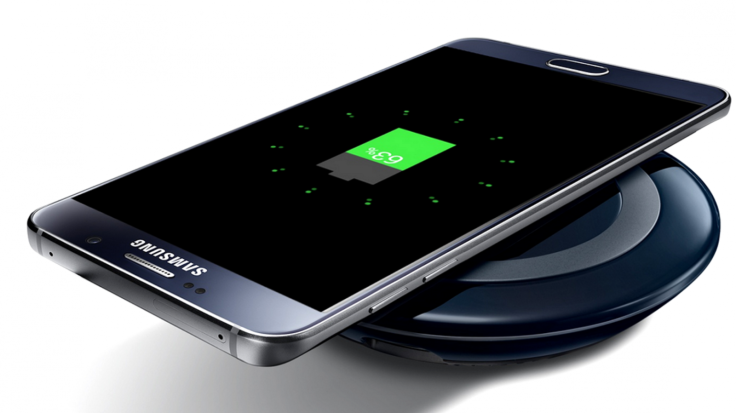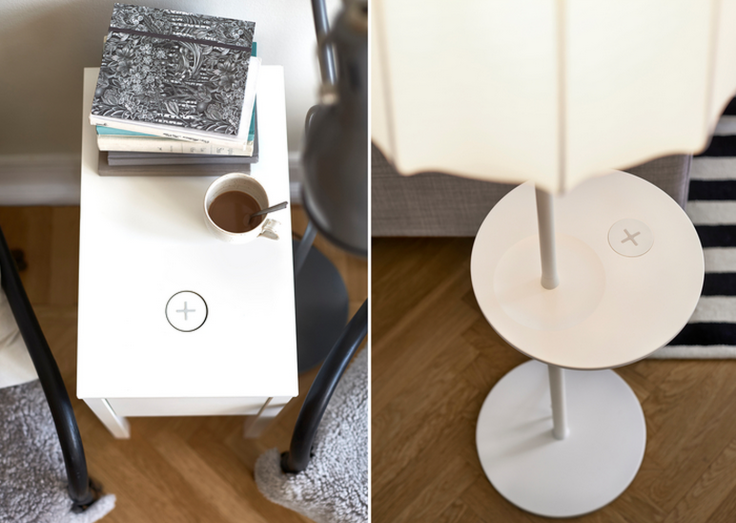What is wireless charging and how does it work?
With Apple expected to add wireless charging to the new iPhone, here is your complete guide to how it works.

News that Apple has joined the Wireless Power Consortium is the clearest evidence yet that the company plans to bring cable-free charging to its next iPhone, due on sale later in 2017.
Wireless charging is already offered by some competing handsets, such as the Samsung Galaxy S7 and S7 Edge, but the technology is yet to go fully mainstream in the same way other wireless standards like Bluetooth and Wi-Fi did during the smartphone's formative years.
It was thought until recently that Apple was reluctant to join the Consortium and begin working with the technology until power could be transmitted over long distances, and not merely between a charging pad and the phone itself. But the company's position may be about to change, so let us explain what wireless charging is and what it could mean for the next iPhone.
What is wireless charging?
Quite a simple one, this. The technology allows gadgets like smartphones to be recharged without any cables being attached. Instead, electricity passes into the phone when it is placed onto a special pad or charging mat, which is often sold as an optional extra. Charging wirelessly is usually slower than via a cable, but it can be more convenient and causes less clutter on desks and bedside tables.
How does it work?
Also known as inductive charging, the system uses two coils of copper wire, one in the phone and one in the charging pad. A fluctuating electromagnetic field is then created by passing alternating current through the coil of the charging pad. When the coil inside the smartphone is placed inside this electromagnetic field a current is induced in the coil, which charges the battery.
For the user this means no more than plugging the charging pad into a wall socket and placing their phone on the pad. Charging then starts automatically and keeps the battery full until removed, just like when the phone is plugged in.
Is it available now?
Yes, but only a small number of handsets. Currently, the Samsung Galaxy S7 and S7 Edge (and S6 and S6 Edge), as well as the Nexus 4, 5, 6 and 7 by Google and the Microsoft Lumia 950 and 950 XL offer wireless charging out of the box. You will notice how Google dropped the feature for the Nexus 5X and 6P, and its recent Pixel phone.
These phones all have wireless charging built in. Others, which mostly came to market a couple of years ago, featured wireless charging pads on the inside of their rear covers, or as part of an additional accessory, like a case.
A third option is to buy a case or accessory which plugs into the phone's charging port and itself includes a wireless charging coil, but this is a clunk solution and certainly not what Apple is aiming for with the iPhone.

Is every wireless charger the same?
Broadly speaking, yes. Wireless or inductive charging works in just about the same way on every charger. But there are two competing standards to be aware of. The most common, called Qi, can be found integrated into some Ikea furniture and in tables at McDonald's restaurants. Powerbank, meanwhile, is a second standard which is available in Starbucks.
How will Apple make wireless charging better?
Wireless charging on a future iPhone would give the technology the mass-market appeal it needs. That isn't to say Samsung hasn't already got the ball rolling with the Galaxy S7, but with the removal of the headphone jack year and potentially the charging cable in 2017, a truly wireless iPhone will be a major industry talking point.
It is no secret that Apple's dream is to have an iPhone which can be charged from across a room. No need to rest it on a charging pad; instead, the phone's battery could be refilled several meters from the charger. This may sound like science fiction, or potentially rather dangerous, but it is in fact real.
A Ukrainian startup called XE announced in late 2015 that it has developed the technology to recharge a smartphone from up to five meters (16 feet) away. A phone case 3mm thick is required for now, but Apple with its enormous budget could plausibly take the technology on and remove the need for an accessory. A Bloomberg report published in January 2016 claimed Apple is doing just that, developing a way to charge an iPhone from across the room - and the report said the technology could be ready in 2017.
With the next iPhone expected later in 2017, we have around seven months to wait to find out.
© Copyright IBTimes 2025. All rights reserved.






















